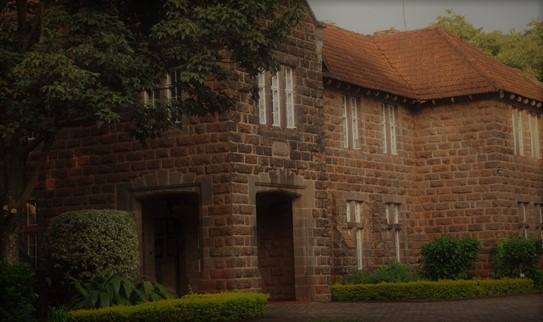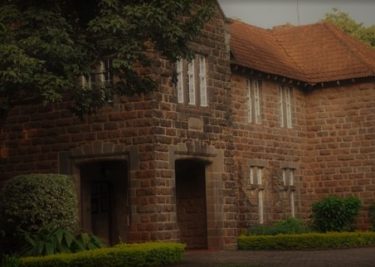Kenton College

In the heart of Kileleshwa in Nairobi, stands a little school with a deep history. Brick by brick, the school has consistently maintained its status, from way back when, as one of Kenya’s leading Preparatory Schools.
*
In 1890, Rev. Henry Edwin Scott joined The Church of Scotland as a medical missionary. He was an educated man known for his academic excellence and athletic nature. In December 1907, he was stationed at Kikuyu in British East Africa Protectorate to act as the head of the Church of Scotland Mission. Scott was an active member of the community and the colonial Government Board of Education. He gained the respect of many through his work. Sadly, in 1911, at only fourty eight years old, Scott died.
His memory was carried on the following year. The colonial administration saw the need to build an infirmary for the European settlers in Kijabe. Funded by Sir Northrup McMillan, the project commenced in August of 1912. Part of the plan was to ensure the hospital had the best staff. Miss Frances Violet Donkin was a known nurse and midwife in Britain and was considered well-equipped to run the Sanatorium. In 1913, she arrived in East Africa just in time for the Sanatorium’s opening in May.
During Miss Donkin’s first tenure at The Scott Memorial Sanatorium, she met a German hunter by the name Fritz Schindler. In classic fairytale style, the two fell in love and started making plans to get married. However, in January of 1914, Schindler was mauled by a lion. He was fortunate in that he managed to escape and found his way to the professional care of his fiancé. Violet did her best to tend to his wounds but shortly after his arrival, Schindler succumbed to his injuries. Violet, distraught by the loss of her intended, travelled back to England but later returned and resumed her duties as a head nurse. Little is recorded about the happenings within the infirmary from then. Eventually, the building was abandoned.
Then, in 1924, an enterprising Englishman, Finlay Cramb, took over the empty building and, together with Harold Turner, founded Kenton College. The school was an all-boys boarding school, and for a time, the scenic views of Mt Longonot and Lake Naivasha were the highlight of the school’s location. Sadly, with time, the landscape wasn’t sufficient enough to distract both students and faculty from the fact that the location was in fact isolated. Cramb and Turner shifted their focus and began the search for a new, central location. The two moved closer to Nairobi, securing a vast piece of land in Kileleshwa, five kilometers from the Nairobi city center. In 1934, Kenton College’s new building took root and by January the following year, it opened its doors to new and existing students.
When World War II came around, the school’s building was taken over and used as a military base and a hospital. An interim arrangement was agreed upon, and Kenton College temporarily moved to Westwood Park Hotel in Karen for the duration of the war. After the war, Kenton College resumed its old location.
Cramb retired, leaving the school in the able hands of Rev. Cyril Birks from South Africa in 1947. Reverend Birks served as Kenton’s headmaster until 1966. By then, over 100 boys were enrolled at the prestigious school. The school gained a reputation as a stellar intermediate school that prepared European boys to continue their secondary education in Britain.
After Birks retired, Rev. Roy Stagg took over and ran Kenton College for 14 years. During his time in office, he implemented a number of changes. He began with the school’s classrooms, ensuring more were constructed for the growing school. Facilities such as a swimming pool and a games pitch soon followed within the school’s perimeter. But perhaps the change Stagg is most remembered for is transforming Kenton College into a mixed school.
As more headmasters led the school to its current status as a top Preparatory School in Kenya, one thing remains – the school’s journey. From the hilly slopes of Kijabe to the lush green of Kileleshwa, Kenton College remains one of our country’s earliest schools.




